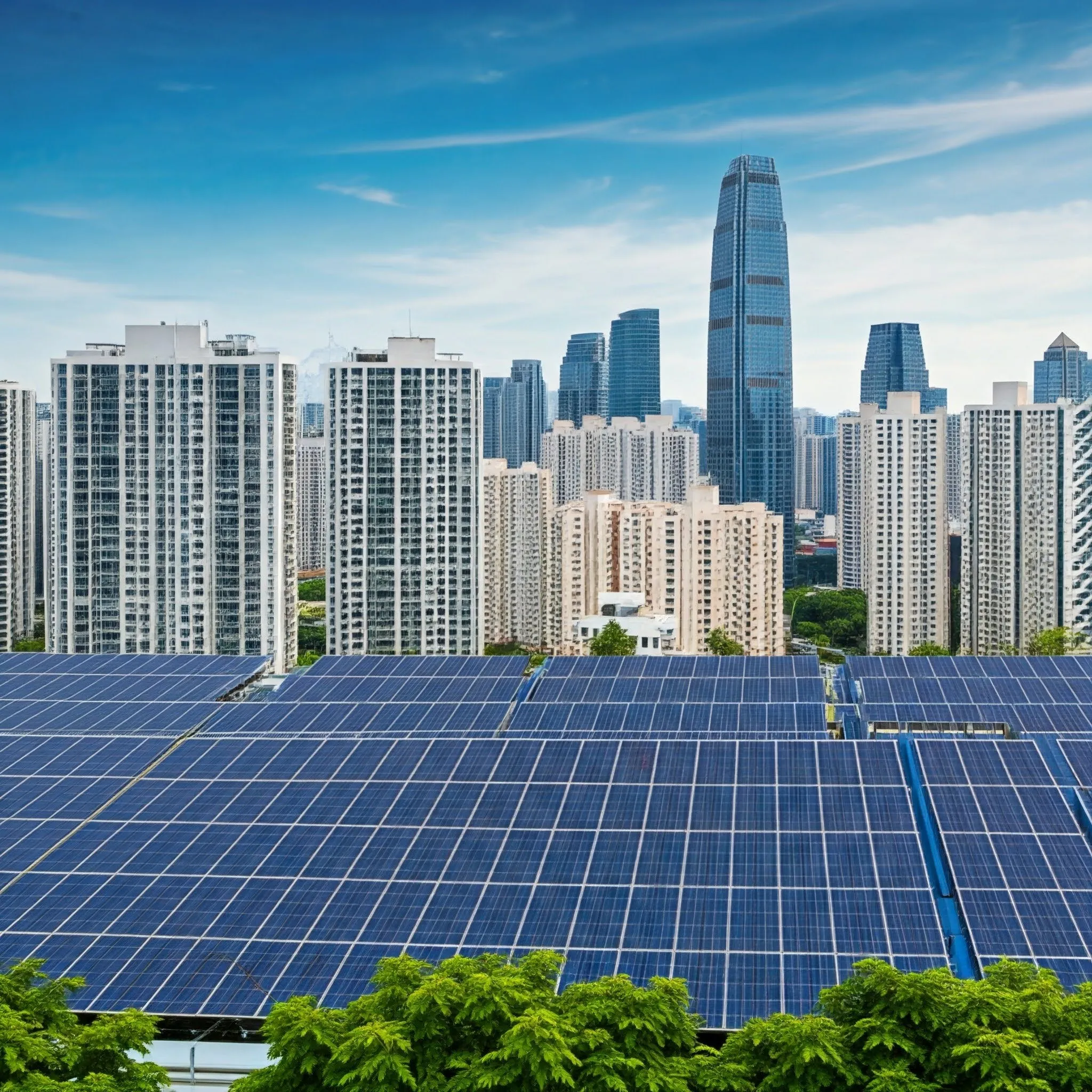Smart Cities: How Renewable Energy Powers the Future of Urban Living
In the era of rapid urbanisation and technological advancement, smart cities are emerging as the cornerstone of sustainable development. As urban areas face challenges such as population growth, pollution, and energy demands, renewable energy stands out as a crucial solution to create eco-friendly, efficient, and liveable urban spaces. This article delves deep into how renewable energy is shaping the future of urban living by empowering smart cities with clean and sustainable energy solutions.
What Are Smart Cities?
Smart cities are urban areas that leverage cutting-edge technologies to enhance infrastructure, optimise resource management, and improve the quality of life for residents. They integrate Internet of Things (IoT) devices, data analytics, and artificial intelligence (AI) to create interconnected systems for transportation, energy, healthcare, and governance. However, at the heart of a truly smart city lies sustainability—achieved primarily through renewable energy sources.
Why Renewable Energy is Vital for Smart Cities
- Environmental Benefits: Reduces carbon footprint, minimises pollution, and mitigates climate change impacts.
- Economic Advantages: Lowers energy costs, creates green jobs, and reduces dependency on fossil fuels.
- Energy Security: Ensures a stable energy supply through decentralised grids.
- Supports Urbanisation: Meets the growing energy demands of expanding urban populations.
Key Renewable Energy Sources Powering Smart Cities
1. Solar Energy
Solar power is one of the most accessible and scalable renewable energy sources for urban areas. Rooftop solar panels, solar farms, and solar-powered streetlights are now integral to smart city energy systems.
Advantages:
- Abundant and sustainable.
- Ideal for decentralised power generation.
- Reduces energy bills for households and businesses.
Case Study: Barcelona, Spain, has implemented solar energy in various public buildings, reducing energy consumption and promoting sustainability.
2. Wind Energy
Wind turbines, both onshore and offshore, play a pivotal role in generating clean energy for smart cities.
Advantages:
- Generates substantial power with a small land footprint.
- Complements solar energy by producing power during non-sunny periods.
Example: London’s Olympic Park uses wind turbines to support its renewable energy goals, ensuring the site remains eco-friendly.
3. Hydropower
Hydropower plants are a reliable source of renewable energy, often integrated into city water systems to generate electricity while managing water flow.
Advantages:
- Provides consistent power supply.
- Supports water management and flood control.
Real-Life Application: Cities like Zurich, Switzerland, utilise hydropower to power public transportation systems.
4. Biomass Energy
Biomass involves converting organic materials, such as agricultural waste and municipal solid waste, into energy.
Advantages:
- Reduces waste in landfills.
- Provides a sustainable alternative to fossil fuels.
Example: Stockholm, Sweden, has implemented bioenergy systems to generate heat and electricity for urban districts.
5. Geothermal Energy
Geothermal energy harnesses heat from beneath the Earth’s surface to generate electricity and provide heating solutions.
Advantages:
- Reliable and available 24/7.
- Requires minimal land usage.
Case Study: Reykjavik, Iceland, uses geothermal energy extensively, powering 95% of its heating requirements.
Technological Integration: Enhancing Renewable Energy in Smart Cities
- Smart Grids: Efficient distribution and monitoring of renewable energy.
- IoT Devices: Sensors monitor energy consumption patterns.
- AI and Machine Learning: AI forecasts energy demands and integrates sources.
- Energy Storage Solutions: Batteries store surplus energy for future use.
Challenges in Implementing Renewable Energy in Smart Cities
- High initial investment.
- Intermittency issues.
- Space constraints in urban areas.
- Policy and regulatory hurdles.
Successful Smart Cities Powered by Renewable Energy
- Copenhagen, Denmark: Aims to become carbon-neutral by 2025 with heavy reliance on wind energy.
- Singapore: Integrates solar energy, smart grids, and urban planning.
- Masdar City, UAE: Powered entirely by solar energy with zero-carbon goals.
The Future of Smart Cities and Renewable Energy
- Increased adoption of microgrids for localised energy independence.
- Innovations in energy storage to address intermittency issues.
- Emergence of net-zero cities.
- Integration of urban agriculture powered by renewable energy.
Conclusion
Renewable energy is the lifeblood of smart cities, enabling sustainable urban living while addressing environmental and economic challenges. By embracing renewable energy technologies, smart cities not only contribute to global climate goals but also create healthier, more efficient, and resilient urban environments. As we move forward, the integration of clean energy sources and smart technologies will be indispensable in shaping the future of urban living.
Are you ready to embrace renewable energy solutions in your city? Join the global movement towards sustainable urban living and make a positive impact on the planet!








































